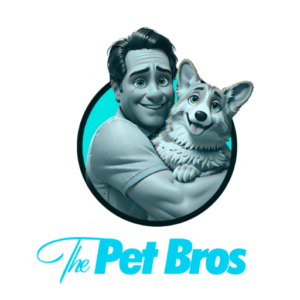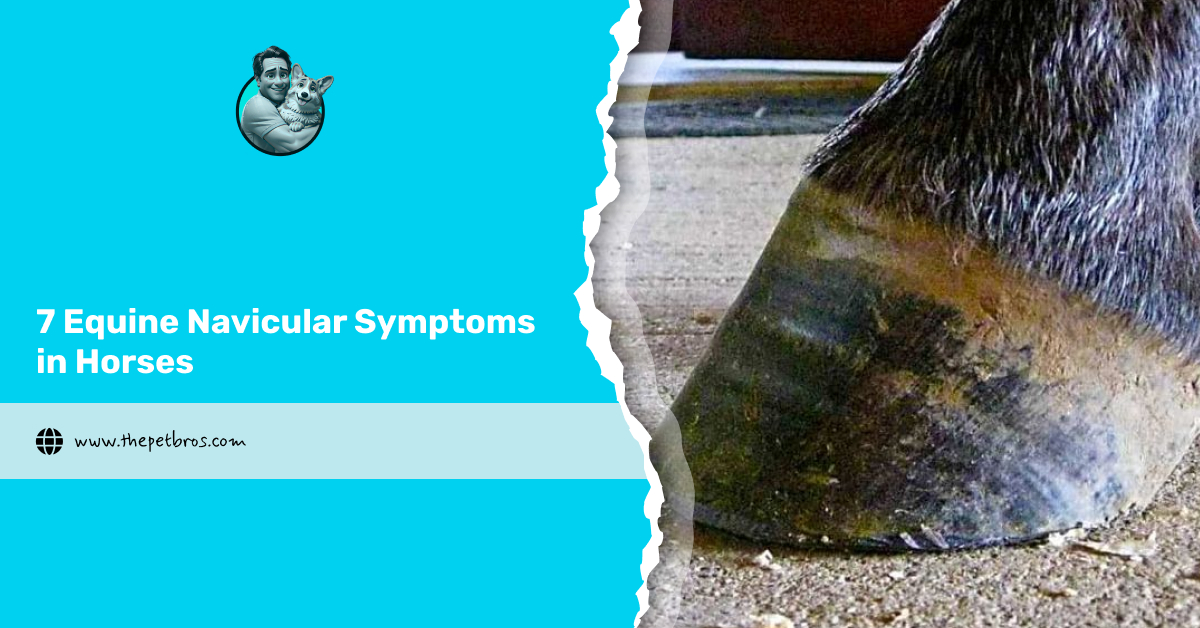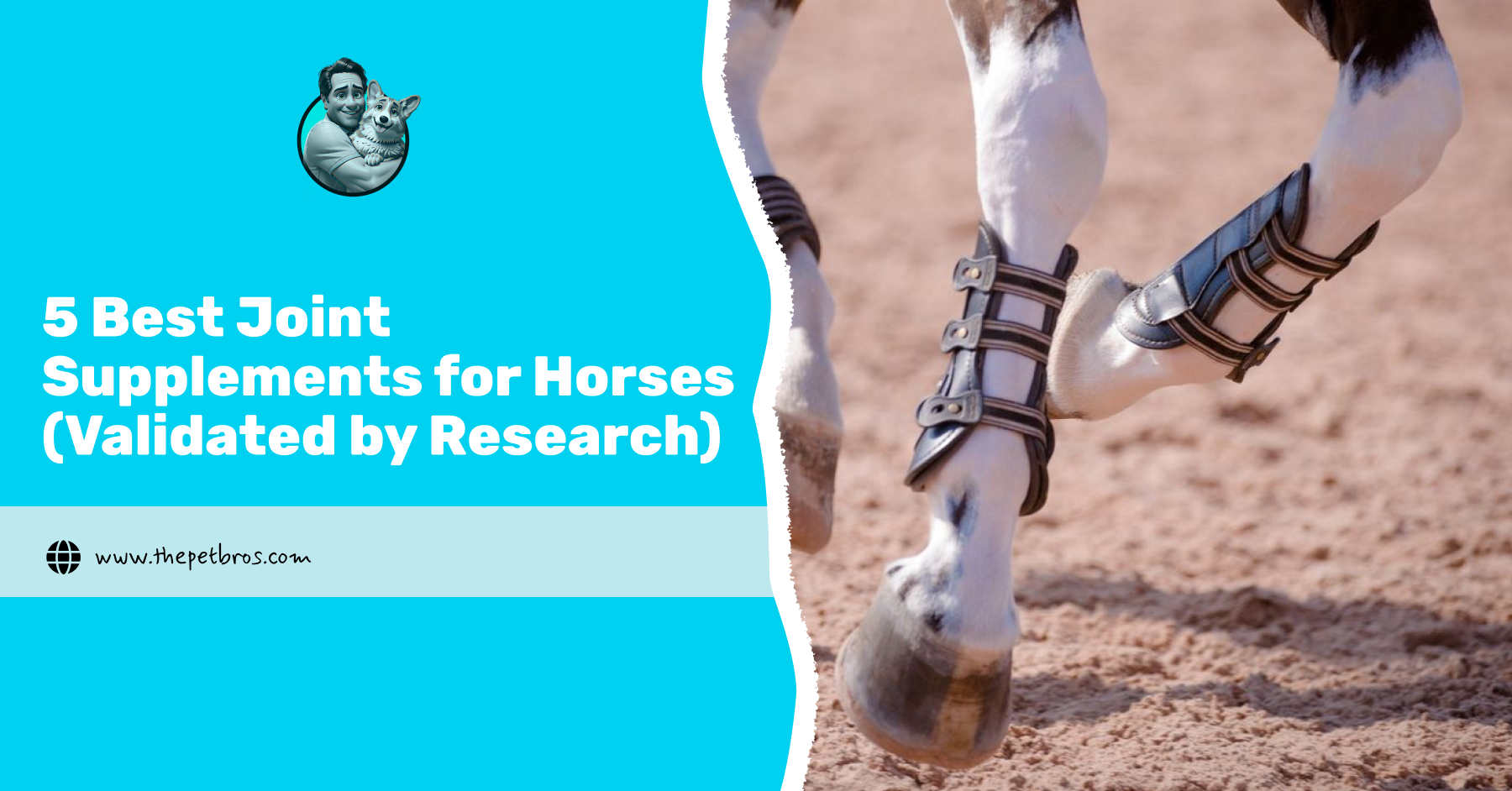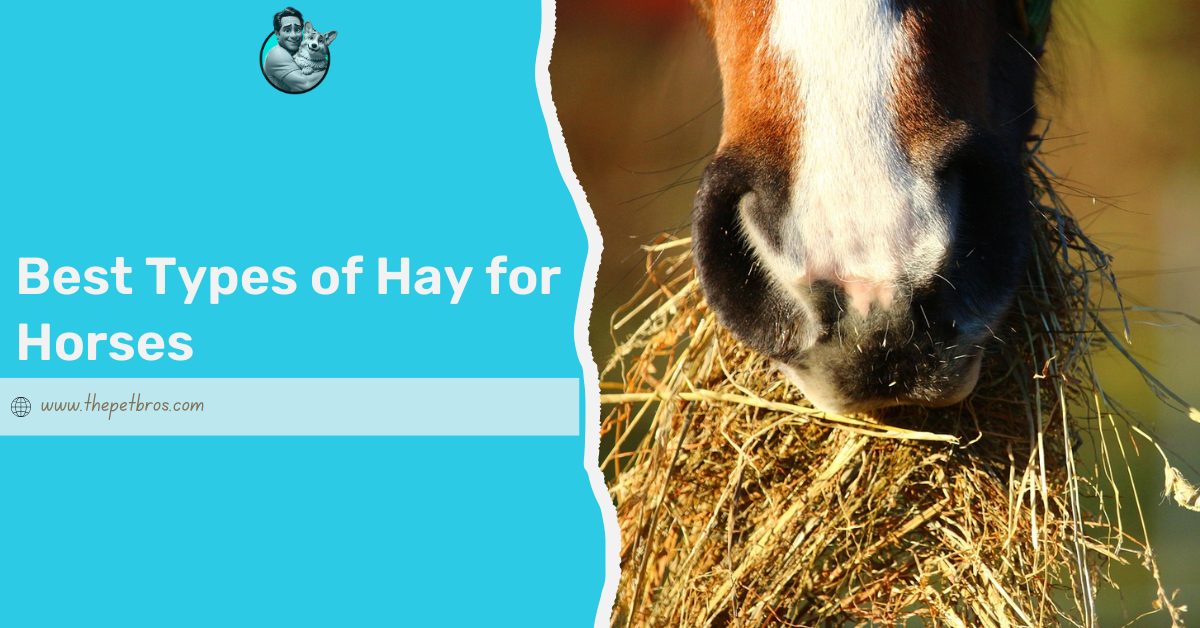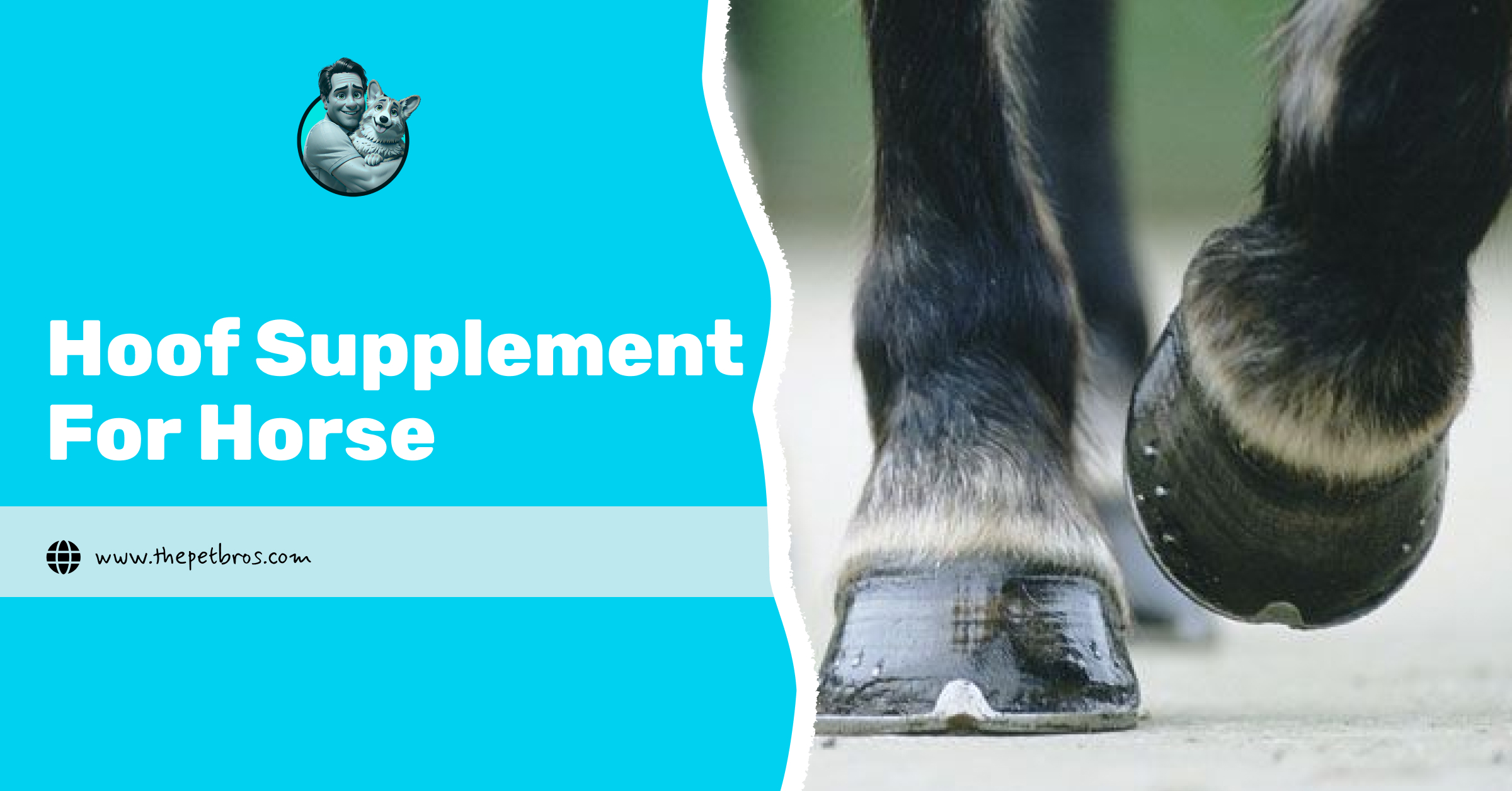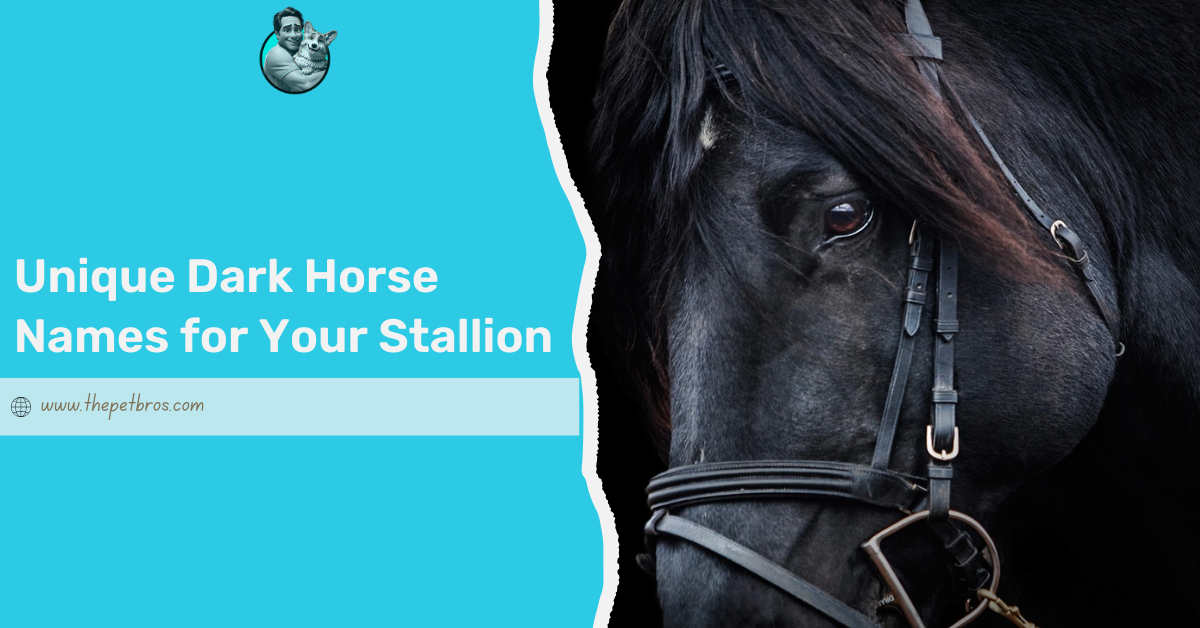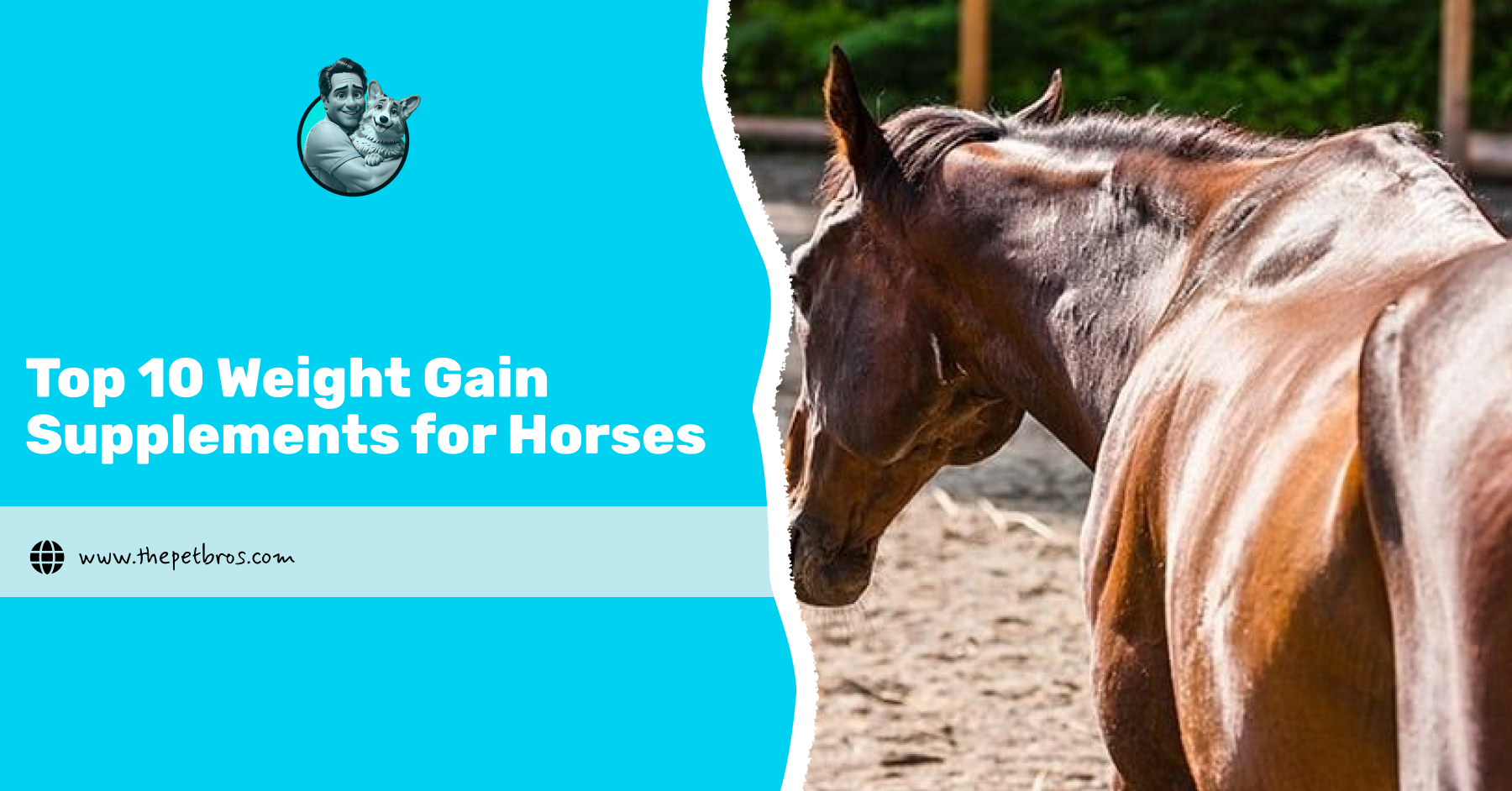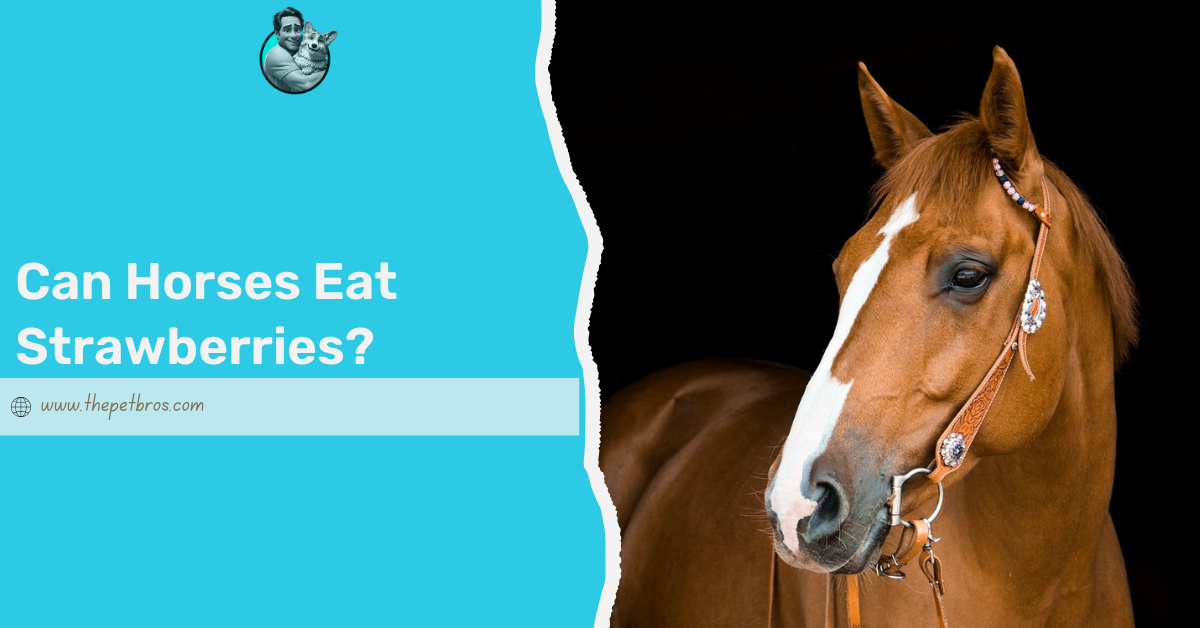Your horse isn’t being dramatic. That tiny limp or the way they suddenly act like turning in circles is a personal insult; it could be their way of whispering for help. Equine navicular symptoms have a sneaky way of showing up like that uninvited guest in August. One moment you’ve got a confident, athletic partner, and the next you’re side-eyeing their stride because you’ve noticed something’s not quite right.
It’s easy to brush off these little changes, especially when they come and go. But ignoring the signs might mean missing the start of something bigger. Before things get more complicated, it’s worth knowing what these quiet warnings could really mean. Let’s break down what Navicular syndrome is, the key symptoms, and how to manage this frustrating (but not unbeatable) condition.
What is Navicular Syndrome?
Navicular syndrome sounds rather posh, but don’t let the fancy name fool you. It’s a headache for horses and their owners. The navicular bone starts from within the hoof, right in the middle of the action, a tiny, boat-shaped piece that helps smooth out your horse’s movements. The bursa, a little fluid-filled cushion, and the deep digital flexor tendon are alongside it.
When things go wrong down there, you get lots of trouble. The tendon rubs, the bursa swells, and the bone may degenerate. Imagine having a tiny stone stuck in your shoe all day, but under the skin. That’s what your horse’s discomfort looks like when projected humanely.
Equine navicular symptoms tend to appear in both front feet, though horses often favour one. The condition pops up most often in middle-aged horses who’ve worked hard in their life, especially those flashy Quarter Horses that do a lot of sharp turns and sudden stops. They’ve got the moves but, sadly, also the risk.
7 Common Equine Navicular Symptoms to Watch Out For in Horses
- Slight Head Bob at the Trot: One of the earliest equine navicular symptoms is a subtle head bob when your horse trots, especially on hard ground or moving in tight circles. It’s not dramatic at first. It could start as a little nod, like a shrug that makes you consider giving them a funny name. But it’s your horse’s way of shifting weight to avoid discomfort in the hoof. Many owners miss it, thinking it’s just moodiness or laziness, but it’s often the body quietly asking for help.
- Shortened Front-End Stride: A shortened front-end stride is another tell-tale equine navicular symptom easily overlooked. Your horse might start moving like it’s walking on eggshells, carefully placing each step without fully stretching forward. They’re tiptoeing, trying to dodge pressure in their heels. This change can creep in slowly, especially during work or after rest, and is often mistaken for stiffness or cold legs. But really, something’s not quite right.
- Toe Pointing While Standing: If you catch your horse standing with one front leg stretched out in front, almost like it’s posing for a photo, don’t be too quick to call it cute. This is one of those equine navicular symptoms that whispers rather than shouts. Toe pointing is your horse’s way of taking pressure off its sore heels by shifting weight forward. It’s subtle, often switching legs occasionally, but it’s a quiet red flag that deserves attention.
- Unusual Gait or Tripping: Horses are naturally graceful creatures, so it’s worth a closer look when one starts stumbling or moving awkwardly. An unusual gait, especially with toe-first landings, is a classic equine navicular symptom. Instead of rolling heel to toe as should, horses start planting the toe down first to avoid heel pain. This change throws everything off, making them trip more often or appear clumsy. It’s not laziness or distraction, it’s pain, plain and simple.
- Limping in Circles or Downhill: When a horse begins to limp while turning or walking downhill, it’s rarely a coincidence. These movements put extra pressure on the front hooves, and if something’s off inside, like with navicular syndrome, that pressure turns painful. You might notice your horse drifting, resisting turns, or hesitating on slopes. It’s a quiet but clear equine navicular symptom that shows up when the terrain challenges their ability to compensate. What looks like stubbornness is often discomfort in disguise.
- Heel Sensitivity or Pain on Flexion: Heel sensitivity is one of those equine navicular symptoms that shows itself during a vet check. When hoof testers gently squeeze around the heel or frog, a horse with navicular pain often flinches or pulls away. It’s a direct sign that something’s wrong deep inside. You might not spot this at home, but if your horse suddenly reacts to pressure or flexion, it’s not just being dramatic. That discomfort is real and worth investigating.
- Reluctance to Work or Farrier Issues: When a usually willing horse starts acting up during rides or gets twitchy with the farrier, don’t chalk it up to bad behaviour. This reluctance can be one of the more frustrating equine navicular symptoms to pin down. Work that used to be easy becomes a battle, and standing still for trimming feels unbearable. The discomfort builds slowly, making your horse grumpy or nervous. But behind the fuss is pain, especially around the heels, quietly making its presence known.
Managing Equine Navicular Symptoms
- Corrective Shoeing: Managing equine navicular symptoms often starts from the ground up. Corrective shoeing can make a world of difference. Special shoes like rolled-toe egg bars or wedges help ease the strain on the deep digital flexor tendon by changing how the hoof hits the ground. It’s not a DIY fix, though. Your vet and farrier need to work hand in hand, tweaking things over time. Getting it right means your horse stays more comfortable and keeps moving happily.
- Medications and Supplements: The right mix of medications and supplements can bring relief when it comes to calming equine navicular symptoms. Non-steroidal anti-inflammatory drugs like Bute or Equioxx help reduce pain and swelling, giving your horse breathing room. For longer-term support, treatments like Osphos or Tildren can strengthen bone and slow degeneration. In more persistent cases, joint injections using corticosteroids, PRP, or IRAP can target inflammation directly. It’s a toolkit approach, tailored to each horse’s needs.
- Surgical Options: When all else fails, surgery sometimes steps in. A neurectomy is the go-to last resort for managing equine navicular symptoms when pain can’t be eased any other way. This procedure cuts the nerve supplying feeling to the back of the hoof, relieving the horse by removing the sensation. It’s not a cure, though. Horses need daily checks, strict hoof care, and a watchful eye for any injury they can no longer feel. It’s serious business, not a quick fix.
- Alternative Therapies: Alternative therapies can offer a gentler way to manage equine navicular symptoms, especially in the early stages or alongside other treatments. Shockwave therapy is one such option, using sound waves to stimulate healing deep within the hoof. It’s non-invasive and often well-tolerated. In other cases, simply giving your horse time off. Proper stall rest, followed by a slow, careful return to work, can help reduce inflammation and allow the tissues to settle. Sometimes, rest is the best medicine.
Conclusion
Spotting equine navicular symptoms early can make all the difference. From subtle limps to stubborn moods, your horse always tells you something. With the proper care, treatment, and a bit of patience, many horses go on to live active, happy lives. So, the wisdom is to listen closely and act before pain takes over.
FAQs
What is the best treatment for navicular in horses?
Corrective shoeing, anti-inflammatory meds, and joint injections.
What are the symptoms of navicular bone issues?
Limping, toe-first landings, stumbling, and heel pain on pressure.
What does a horse with navicular look like?
A horse with navicular will look stiff, short-strided, with a head bob or reluctance to turn.
Can horses fully recover from navicular syndrome?
There’s no “cure,” but with good management, many horses stay sound and even rideable for years.
How can I tell navicular pain from other lameness?
Navicular pain usually affects the heel and shows up in toe-first landings, head bobbing, and reluctance in turns.
Is navicular syndrome only seen in older horses?
Not necessarily, most cases show up between ages 7–14, but breed and activity level play a big role.
What’s the best way to prevent navicular syndrome?
Balanced shoeing, smart nutrition, and reducing repetitive stress on the hooves.
